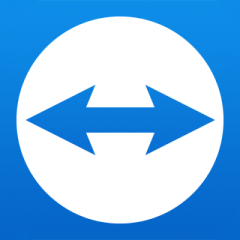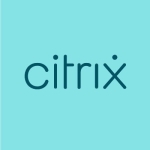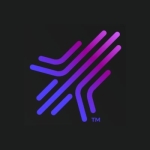I very much like the stability and speed of TeamViewer. Teamviewer has never crashed, connects for 99.99% without delays in only a few seconds. When connected, it's like you work on the remote machine like you would locally, no delays, no sluggishness, just perfect.
It has a lot of features (of which I only use about half). There are a lot of features which can be configured as you like to work. However, there are two categories that I never use although they can be very handy.
- Communications: provides build in audio and video between parties. I personally use Skype for this because it is my preferred way of communication for years and most of my customers have it too. I guess for other users this may be a huge benefit because if the remote side has no communication software installed, you have one build in.
- Most of the files & share options: Remote print, VPN, screen-shot, session recording, share via ... are options I don't use because I have no need for them but I'm sure they have great benefits for people who do. For screen-shots I use Faststone Capture for everything so it's easier for me to use that in Teamviewer too.
A major advantage is that it is available for almost all of the operating systems including Windows, Linux, Mac, Android, and so on. You can have more than one active session, so imagine that you can remotely control a PC and a smart-phone of the same user at the same time.
When a customer want to connect his smart-phone with his PC and there are problems, you can take over the phone in one session and open a second session for the PC. You can very easy switch between them.
When several users need some updates, you can open a session for each of them. Starting the updates on the first machine and while waiting, switch and start the update on the second machine, etc.
This sounds really strange but, at the moment, we can't think of any improvements in the scope of this product for our company. It already has everything we need and it works like a dream.
In the years I have used TeamViewer, everything that I missed was already added. So, over the last year, there was never a time that I wished for something more or different that what I have now.
For me, it is a perfect product and I really don't know anything that I can think of that would make the product easier or better.
The only thing I wish for is a better price for small users.
I have used this solution for about 5 years.
Since we have been using TeamViewer, we have never experienced any issue. This sounds like paid sales text but it isn't.
Customer Service:
Customer service is very good. The people at TeamViewer are listening to what you want and try to help.
Technical Support:
Technical support is very good. Although we have had no problems, we had some questions about a few settings in TeamViewer and we got a no-nonsense response immediately.
I have used/tried most of the existing remote access solutions. It was an ongoing search between software and services. After too many problem with a product, I searched for other solutions.
It was the most simple setup I ever had with any software. Download, install with only a few settings to choose and start using it.
I installed it myself; no team needed; everyone can do this. I have no advice for implementation. Just install it and use it. If you have a team that is going to use it, you have to buy a license accordingly; that's all.
Noncommercial use: Free.
Commercial use with only a few (paying) customers: It depends on the amount of time you use TeamViewer and what the customer is willing to pay.
Commercial use: Prices of the licenses are somewhat high but ROI can be achieved very quickly in many cases.
TeamViewer was, from the first use, my favorite. After about five years of use, I never have had the need to look for other solutions.
















Logmein is a great tool for IT support. It help to address my problems remotely.